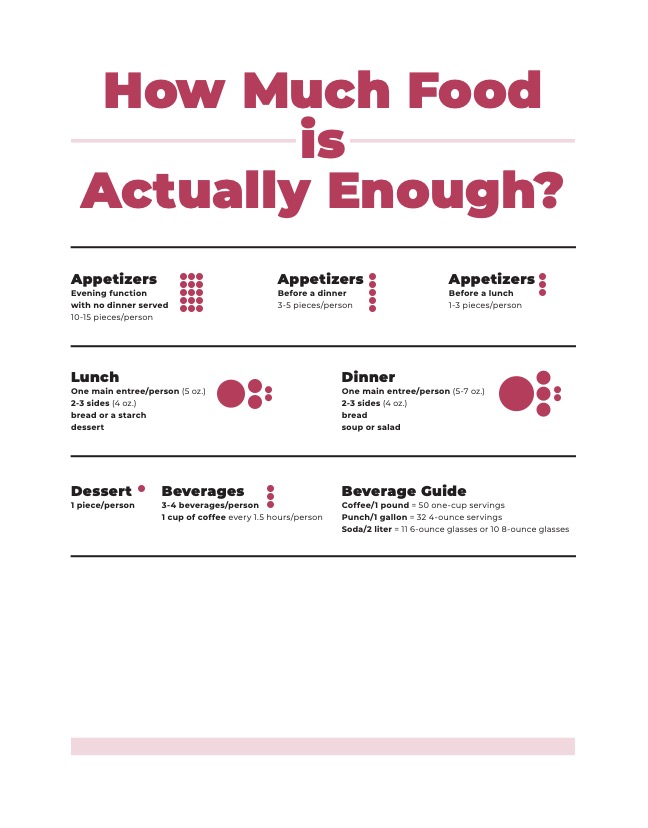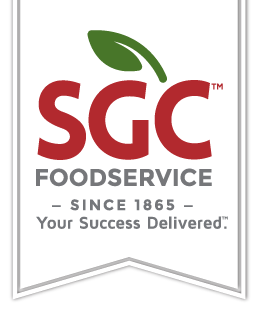Craving innovation for your restaurant, but not sure where to begin? If you are not already doing it, then it should be catering. Serving guests in a bulk style has been around for a long time. Some companies exclusively are held to cater and not serve guests within their own establishment. Wedding receptions would be one of the most popular events to search for a catering company as they tend to hold specific package options to choose from. Why can’t your restaurant do the same thing? Catering could be a whole new avenue that attracts your customers and potential customers and provides an outlet for your business to explore new opportunities. When deciding to go into catering, there needs to be prep and organization. Let’s dive into some questions you need to ask when preparing catering as a service by your restaurant.
What Does Your Client Have In Mind?
Schedule an initial meeting with your customer to learn about their visions and expectations. They may have a picture in mind, but they are also looking for your expertise to make their ideal event come to life. During the meeting, have your client sample dishes that you recommend. Provide photos with presentation options, watch their reaction, listen to their feedback, and take pictures of and document final decisions. It’s helpful to create a customer file that includes the details and notes from this meeting that you can share with your team.
What Equipment and Supplies Will You Need For This Event?
Take stock of your kitchen equipment and supplies and what will be needed to execute the event. Quality control and food safety supplies are critical for a successful catering event. Do you have enough accurate food thermometers to put in the pocket of every staff member on-site at the event? Define hot plates and warmers needed for serving applications while keeping food warm and tasty for this event. Ensure you have needed holding cabinets, banquet carts, and insulated carriers to minimize the challenge of maintaining food temperature and quality while transporting prepared food from the kitchen to the venue and at the event. Define and document the food presentation and serving supplies you will need for the venue. For example, what will you bring as far as plates, platters, chafers, tiers for multi-level displays, serving utensils, flatware, glassware, cups, and more?
What’s The Plan?
Create a schedule of events documenting what needs to happen before the event.
List all items needed for the job and create an inventory list. Give everyone working at the event a list of items being transported to the event so they can check items off when packing at the end of the event. Categorize and calculate all costs associated with the event. Hold a staff meeting in advance. Leaving out the costs, share all aspects of the event with your team. Discuss the personality and visions of the customer. Define each team member’s roles, assigned duties, and expectations. Make sure everyone has a checklist and a clear understanding of the goals. Schedule deliveries. Ensure supplies are ordered in advance to avoid surprises, especially if you need a hard-to-find specialty item. Keep food trays fresh and supplies well stocked. Prepare spare or backup trays and hold them in a cooler.
How Much Food is Actually Enough?
Appetizers
(Evening function with no dinner served) 10-15 pieces/person
(Before a dinner) 3-5 pieces/person
(Before a lunch) 1-3 pieces/person
Lunch
One main entree/person (5 oz), along with 2-3 sides (4 oz.), bread or a starch, and dessert.
Dinner
One main entree/person (5-7 oz.), along with 2-3 sides (4 oz.), bread and soup, or salad.
Dessert
1 piece/person
Beverages
3-4 beverages/person
1 cup of coffee every 1.5 hours/person.
Beverage Guide
Coffee/1 pound = 50 one-cup servings
Punch/1 gallon = 32 4-ounce servings
Soda/2 liter = 11 6-ounce glasses or 10 8-ounce glasses
It’s important to know how much food is enough for guests, this will help you manage food costs and minimize waste. Often, the event host will have a specific number of people who RSVP’d help account for food sizing. However, even if there is a number given to you, there most likely will be a slight discrepancy. It’s good to be prepared with more just in case, however keeping notice of this guide should help with portions. By having these steps in place for the events you take on, the catering side will be a success. If your customers see that everything ran smoothly at their event and you were able to play a part in that, they will be thrilled customers. The wonderful thing is, if your client’s guests enjoy the food and the service, they may even want to book you for their next event!


_zdfhvogt.jpg)